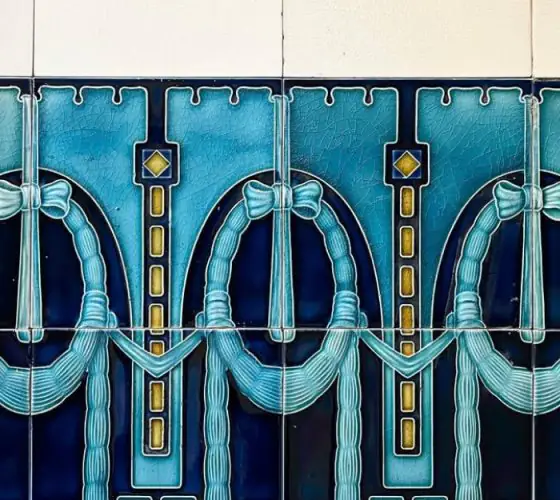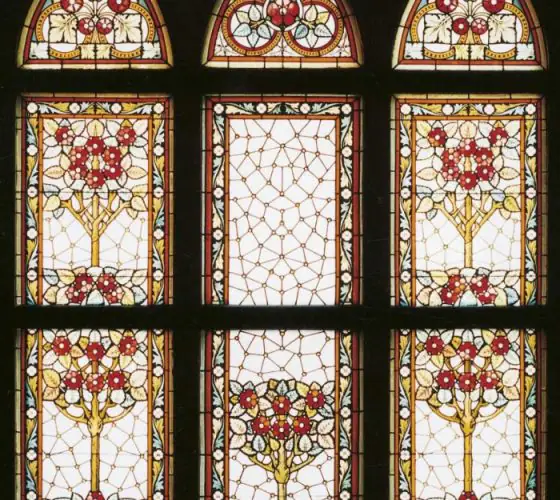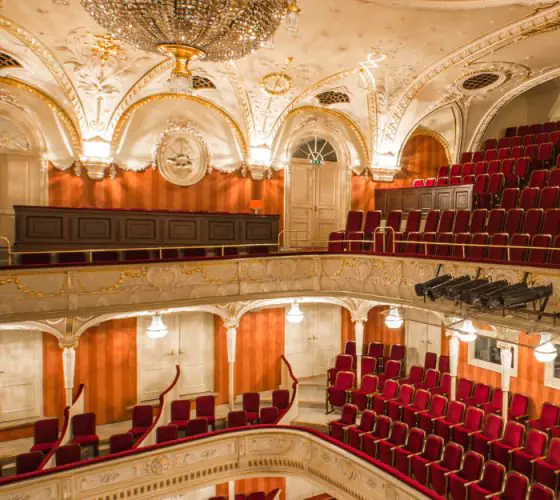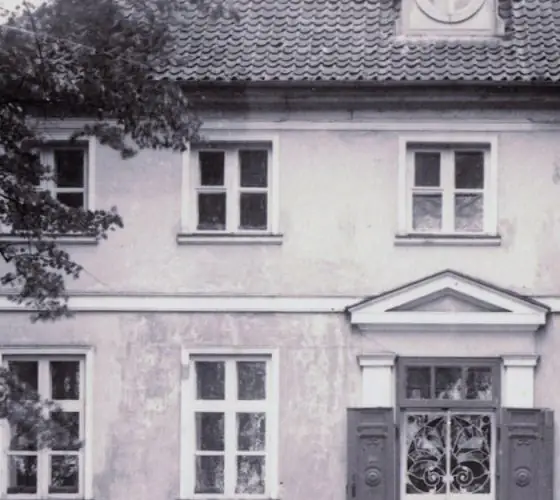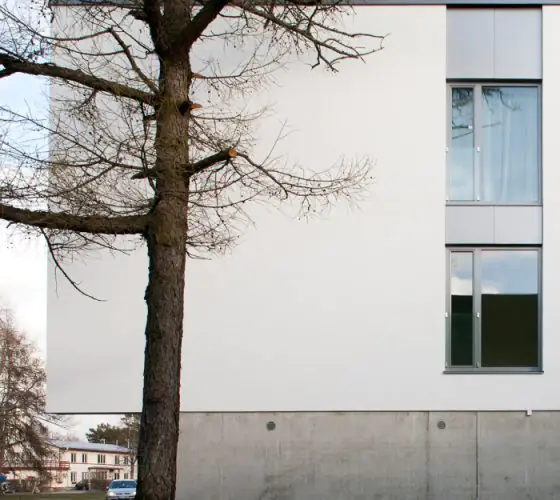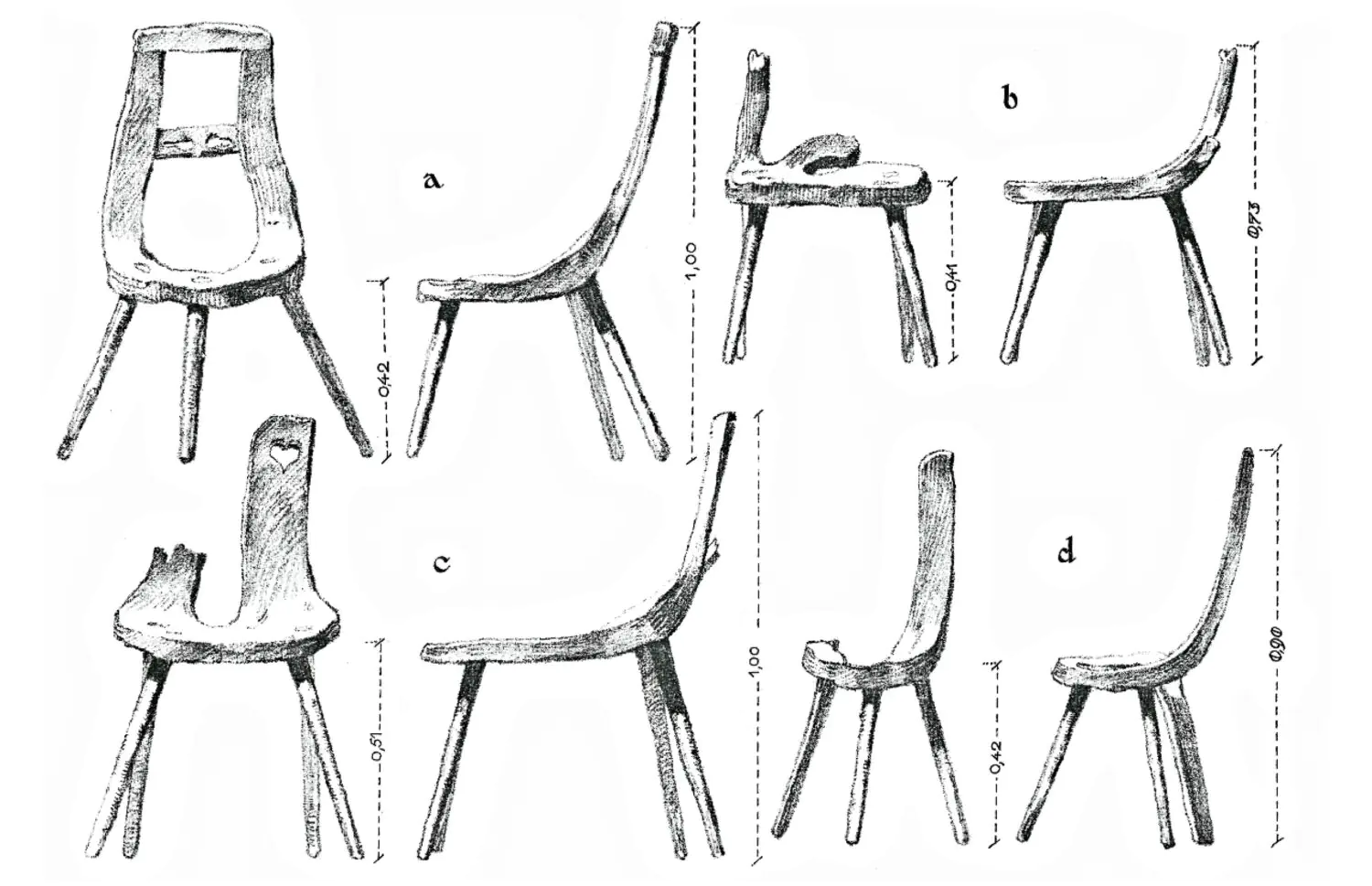
What is the Latvian Cultural Canon?
The Latvian Cultural Canon is a list of 108 most important phenomena that make up the cultural landscape of Latvia. Its main part was compiled in 2007–2008 by experts from various fields: architects, musicians, artists, art historians, specialists in folk culture and others. Among the values of Latvian culture one can find completely different things: a recipe for rye bread is neighboring with cemetery culture, and a modern architect with architects from the past centuries. The canon includes not only material values or famous people, but also, for example, natural landscapes.
Like other similar lists existing in a number of countries (Denmark, Netherland), there are many questions about the Latvian Cultural Canon. But it is hard to argue with the fact that a significant part of the cultural values listed in it are known both in Latvia and abroad. More information about the Latvian Cultural Canon can be found at:
How the chair became part of the country’s cultural canon
Much of Latvia’s territory extends to the shores of the Gulf of Riga. Local trees are not used to strong winds and sandy soil poor in nutrients. In such conditions, pine trees grow thin and bizarrely crooked, and their root system often comes to the surface.
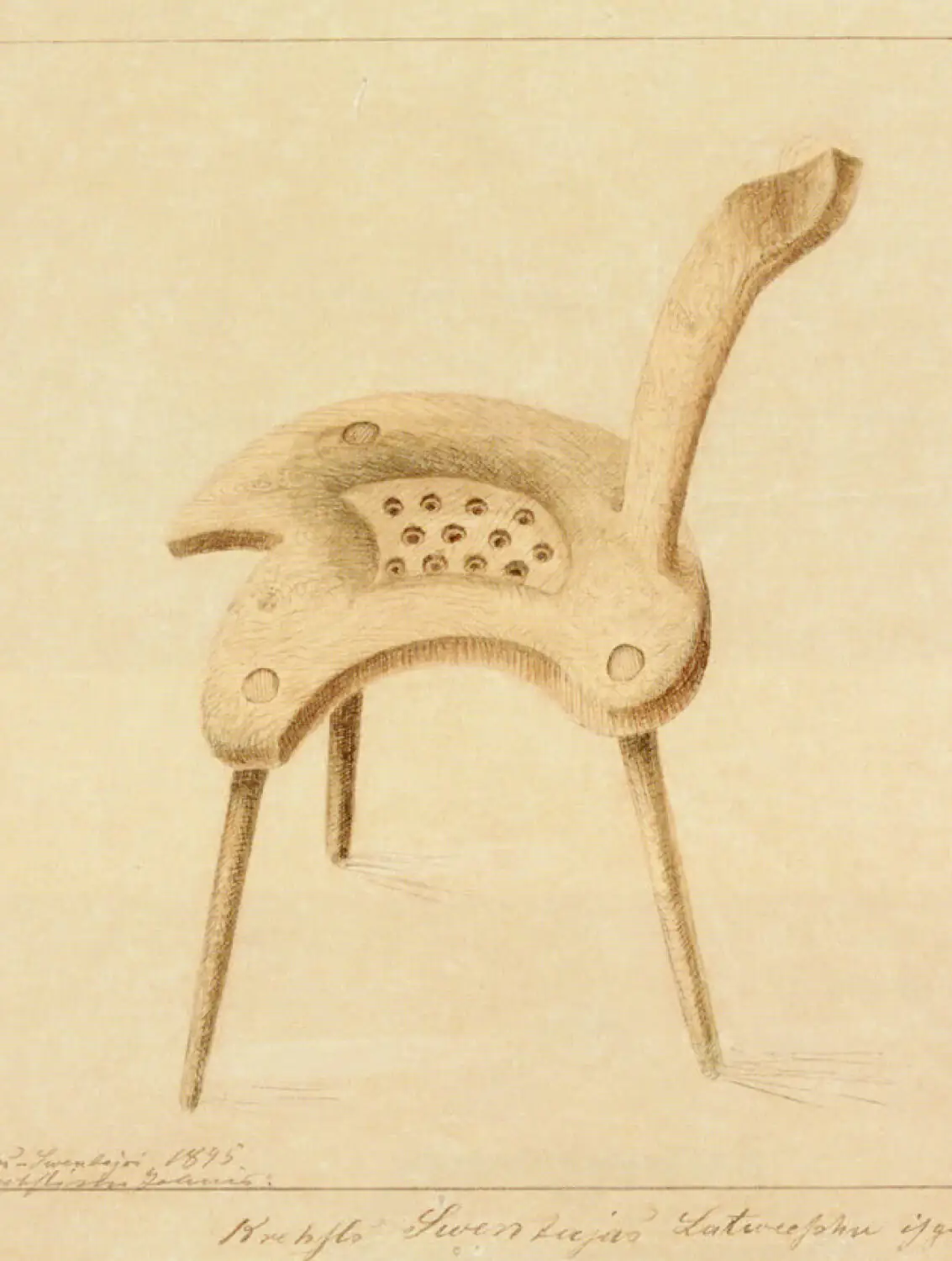
The inhabitants of these lands have been using the natural creations of nature for various household items since ancient times. Stulpiņš is the most striking example of nature and man working together.
In fact, this chair can be made from any part of a tree, suitable in shape and size. A person only has to saw off/add a few elements to the finished driftwood — and Stulpiņš is ready. The curved surface of the wood often takes ergonomically correct curves and makes the construction more durable and resilient.
Where does Stulpiņš come from?
Stools made of pine roots are common throughout the Baltic region, especially in Latvia, Lithuania and Estonia. Similar pieces of furniture were also found among the Veps and other peoples in northwestern Russia.
The most striking Latvian examples were found in the village of Rucava, a few dozen kilometers from the city of Liepāja. It is believed that the tradition of making Stulpiņš was formed in these places by the XVII century. Along with pine, juniper was used here — its wood is just as easy to work.
Originally, Stulpiņš was considered a special piece of furniture used on holidays and other important days. For example, a sample from Rucava was intended for the wedding ceremony of Mičošana, in which the bride was placed on a chair, her wreath was removed, and instead a bonnet was put on as a symbol of a married woman.
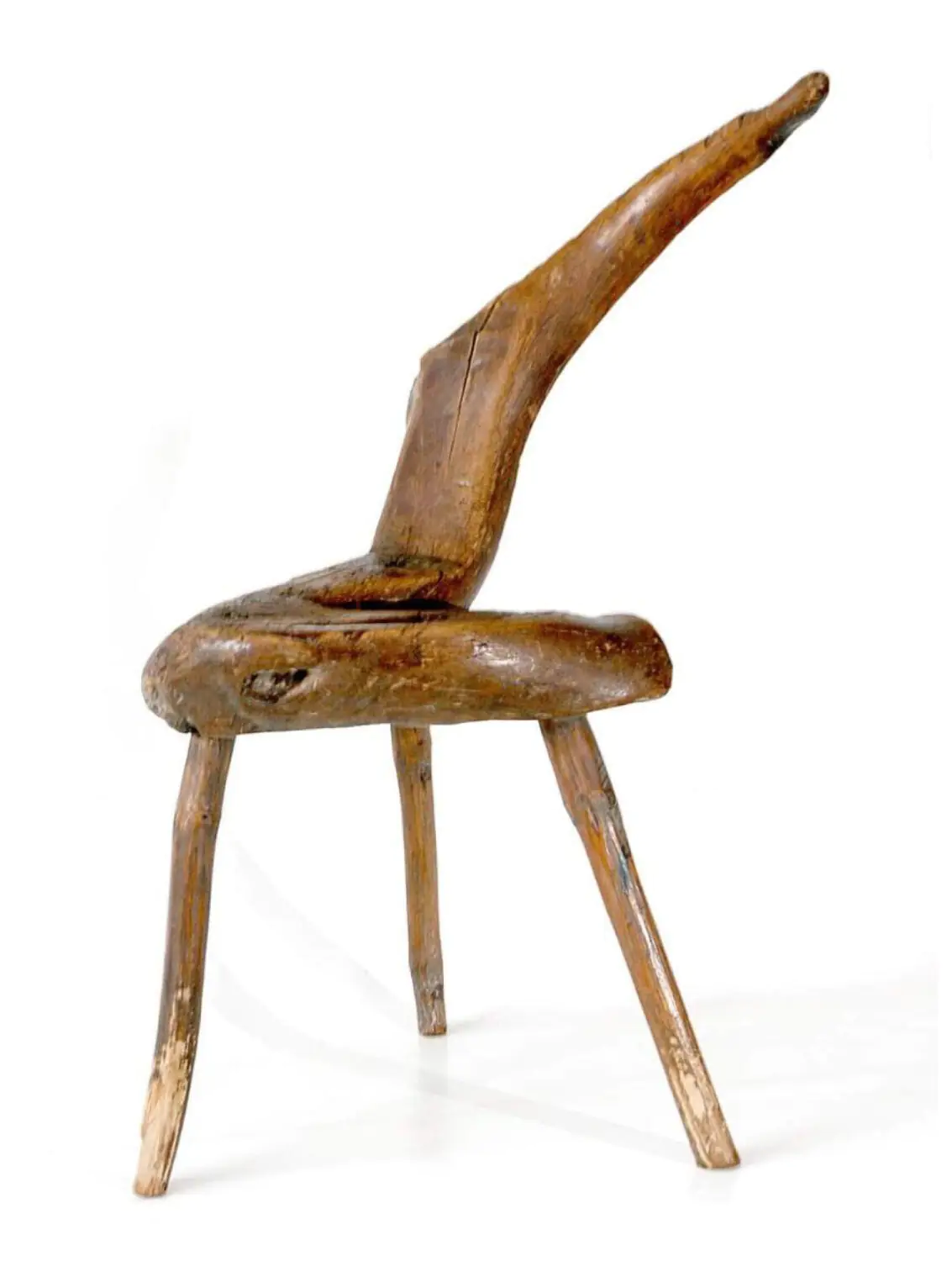
Over time, the traditional Latvian chair began to be used for more everyday needs, along with other furniture. But, as is often the case, standardized factory-made items gradually pushed stulpiņš out of homes and into museums.
Today Stulpiņš can be seen in the Latvian Ethnographic Open-Air Museum in Riga, where several expressive examples are on display. Unfortunately, not all of the famous stools have survived to this day — the stool from Rucava described above burned down in 2000.
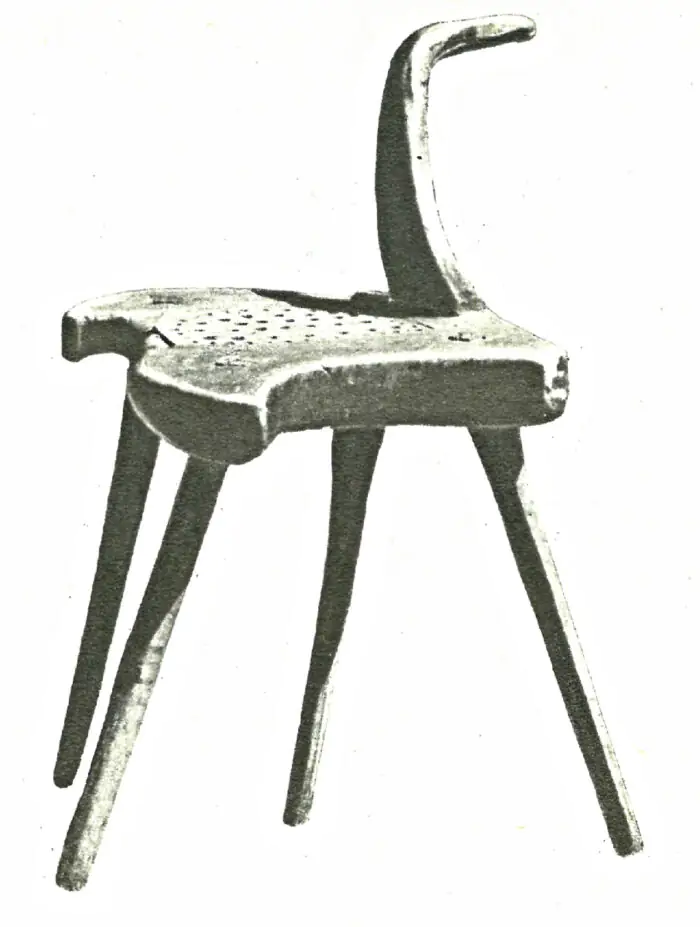
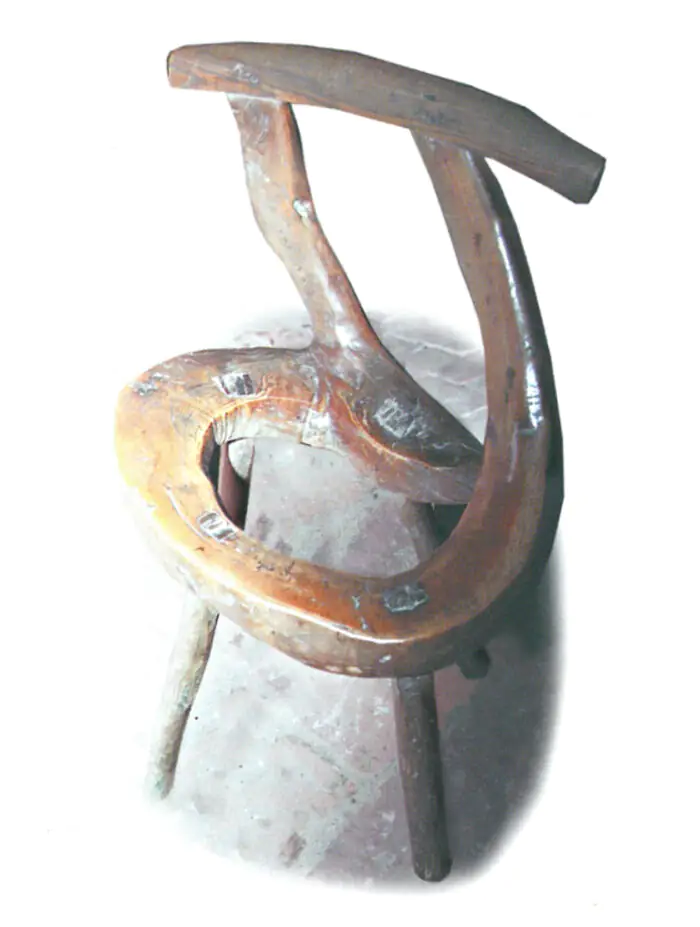
National Romanticism
The first noticeable wave of interest in reinterpreting the Stulpiņš seat was observed in the 1920s. Latvia achieved independence from the former Russian Empire, which led to the rise of national culture. These years saw the work of the famous artist Ansis Cīrulis, who designed Latvia’s national flag and other canonical items.
From 1923 to 1929 he designed the interiors of the Riga Castle. For the Ambassadors Accreditation Hall he created furniture pieces in the national romantic spirit. Among them one can find a Stulpiņš reinterpreted in the spirit of the time. The base of the chair looks rather standard, while the backrest is very different from the classic one: it resembles a curved tree root, but retains its ergonomic shape.
The national-inspired furniture set designed by Ansis Cīrulis is now on display at the Museum of the History of Riga and Navigation. For more information about the museum’s work, please visit the website.
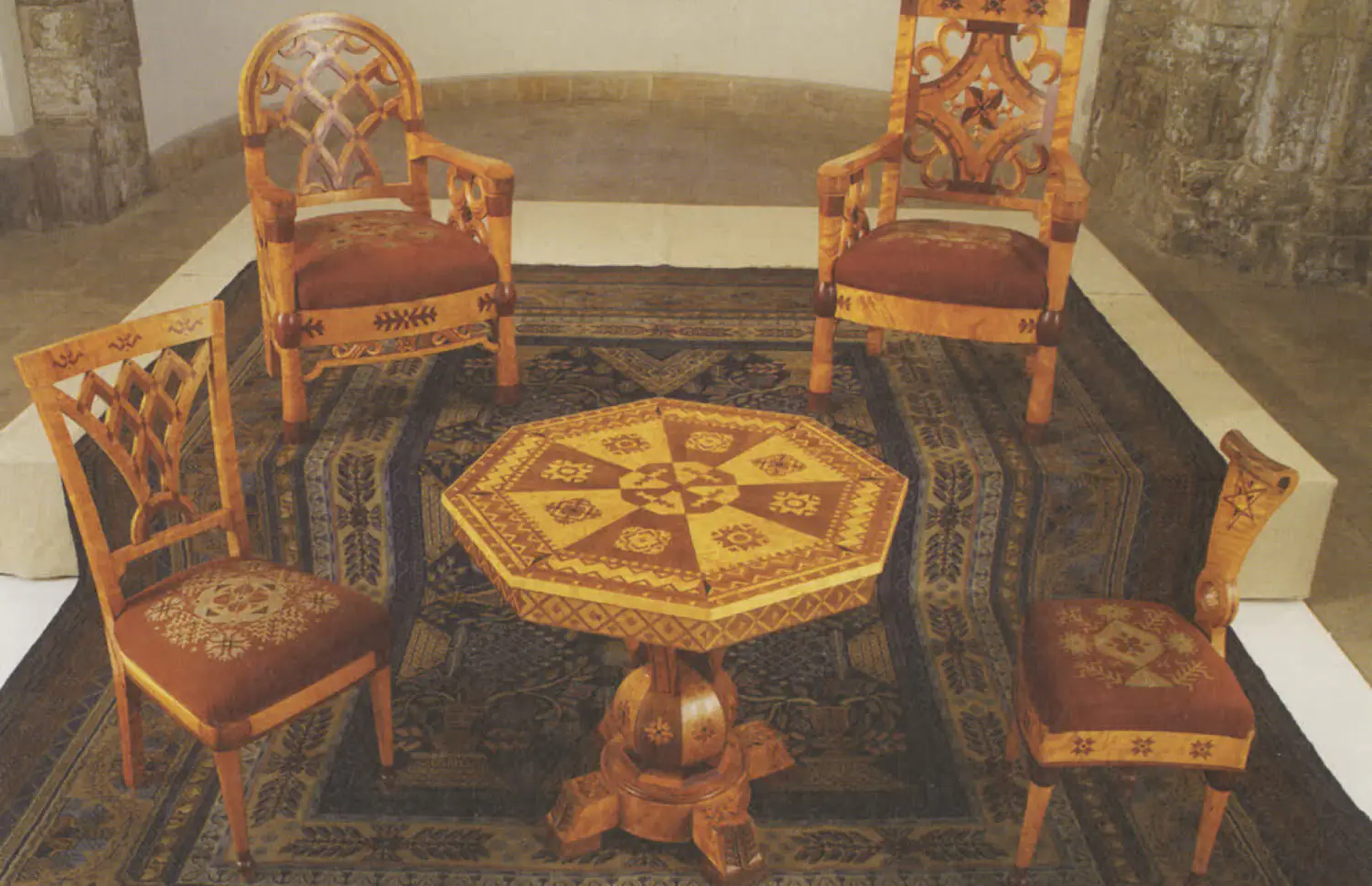
kulturaskanons.lv
Stulpiņš in Mid-century modern style
In the 1960s, modernist ideas dominated Latvian design, as in the object environment of other countries. The emphasis was on utilitarian, serial, economical and, at the same time, ascetic elegance of furniture. But even in the context of widespread standardization and internationalization, it is possible to find individual manifestations of regionalism.
As an example of reinterpretation of folk ideas, the website of the Latvian Cultural Canon cites stools and a table produced since the early 1960s at the Latvijas Bērzs factory. Their construction consists of three bent plywood legs that hold the seat or table top.
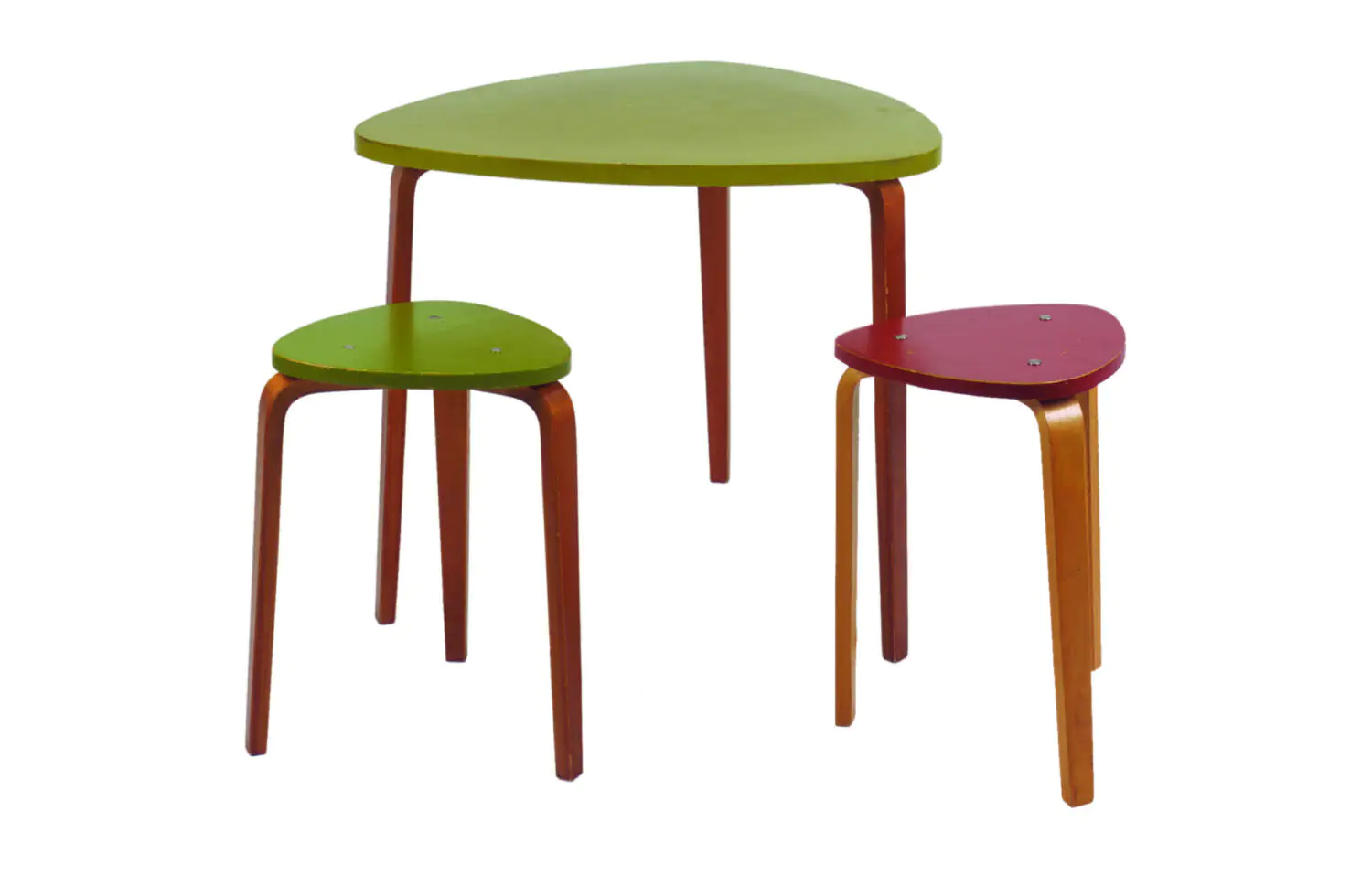
kulturaskanons.lv
The rationality and economy of this form really echoes the natural curves of the folk chair. But it is important to note that such a lightweight design with three legs was widespread in many other countries where designers adhered to modernist ideas.
Inspiration for modern designers

kulturaskanons.lv
A large number of variations on the theme of the traditional Latvian chair appeared between the mid-2000s and the second half of the 2010s. One of the first notable works was the 2004–2006 Staklis project by designer Elīna Bušmane, which she executed under the guidance of teachers Barbara Ābele and Juris Krūmiņš at the Art Academy of Latvia. Her work is simultaneously reminiscent of Stulpiņš and the widespread Soviet stool on three legs.
In 2008, Gita Baumane, a student of the Art Academy of Latvia, under the guidance of the same teachers, came up with the concept of a chair with a backrest in the form of a tree branch — one of the most striking contemporary interpretations of the Stulpiņš seat.
In 2005, Māra Skujeniece designed Milkstool with a peculiar shape. Her piece also contains references to the famous folk stool: three legs run through the seat, creating a characteristic pattern on the horizontal surface. Such stools can be used to make up a long bench in the shape of a zigzag.
The Dogie project by Rihards Funts, created in 2014, refers to Latvian folk furniture. Although his interpretation is more zoomorphic: the objects resemble dogs of different sizes and shapes.
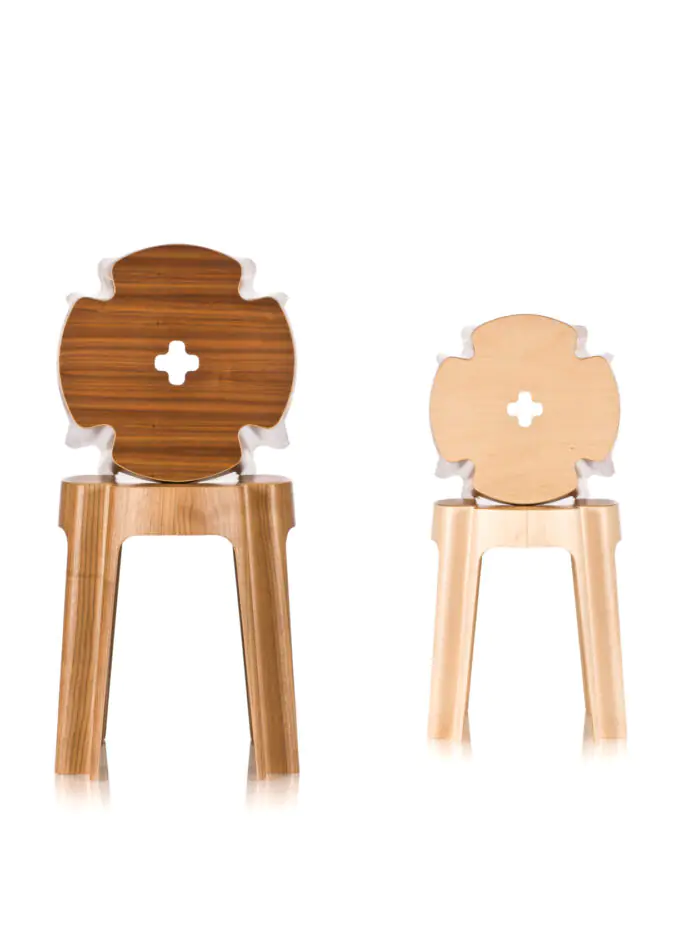
kulturaskanons.lv

kulturaskanons.lv
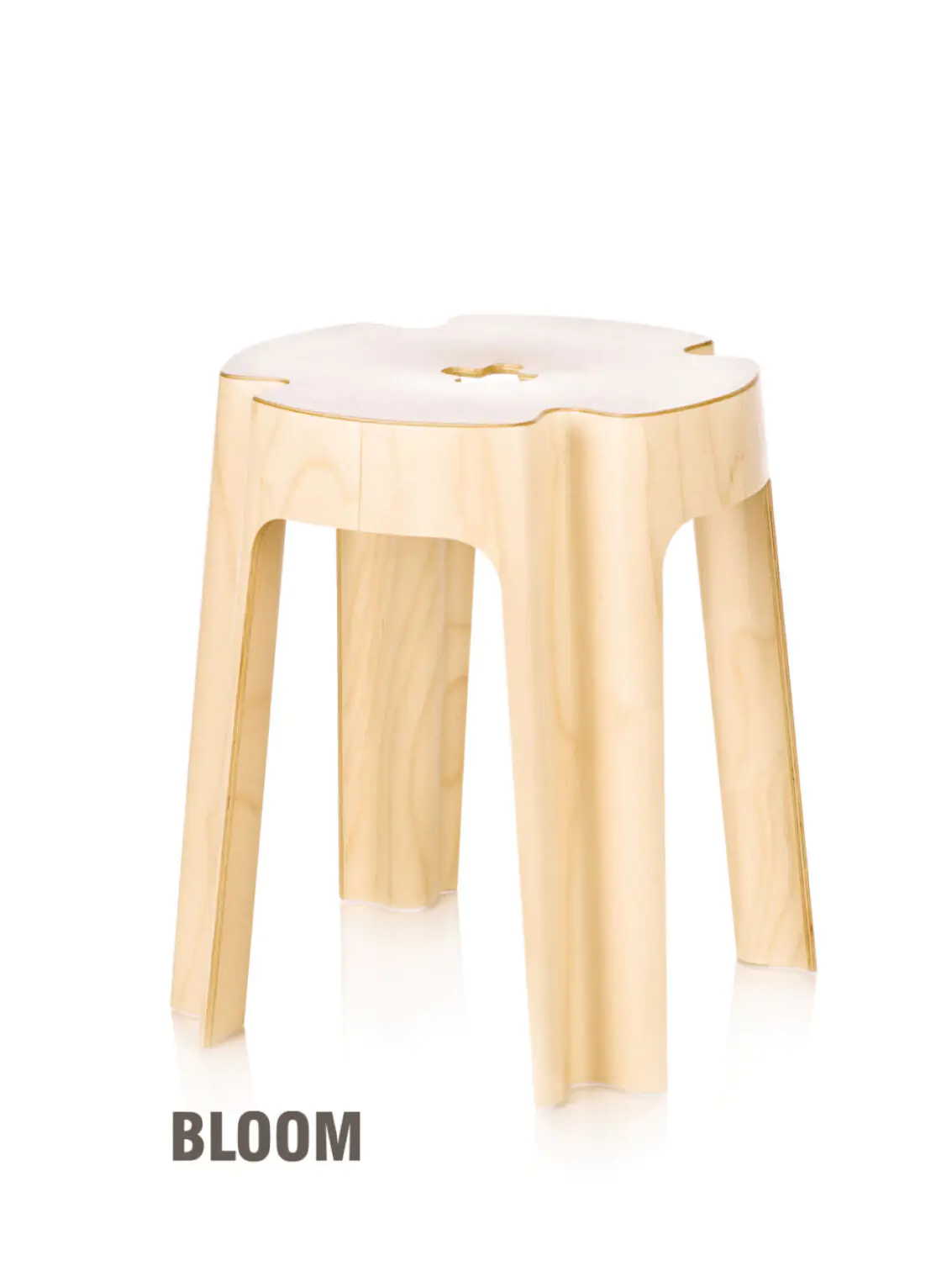
kulturaskanons.lv
It is not surprising that designers still refer to the design of the folk seat Stulpiņš. The attractiveness of its form is due to the unity of function and material: nature itself creates a solid and ergonomic base, which man only supplements with the elements he needs.
More information about Stulpiņš and its interpretations can be found on its official page on the website of the Latvian Cultural Canon.



